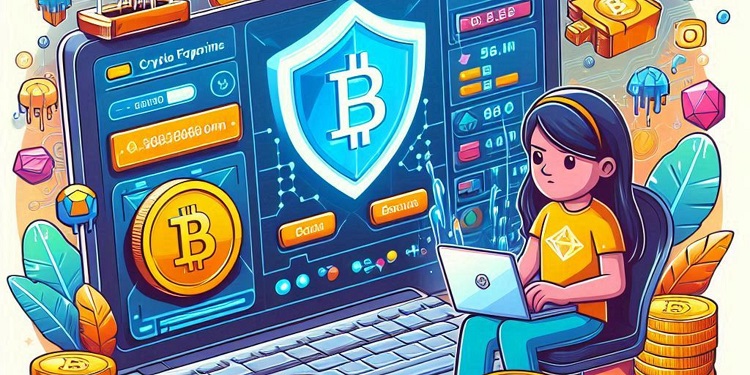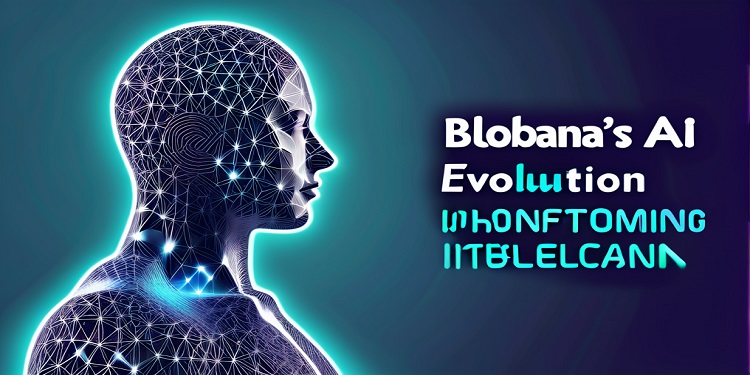On June 3, 2024, Web3 infrastructure leader GetBlock announced the launch of its innovative crypto faucets dashboard. This new platform supports all mainstream Layer 1 (L1) and Layer 2 (L2) solutions on the Ethereum Virtual Machine (EVM). Starting from June 10, Ethereum Sepolia and Polygon Amoy testnets were integrated alongside existing ones like Arbitrum, Optimism, Base, Scroll, Blast, Linea, and zkSync Sepolia, providing comprehensive tools for L2-focused developers.
CEO’s Vision for Web3 Development
GetBlock’s CEO, Arseniy Voitenko, expressed enthusiasm for the new release, encouraging all Web3 enthusiasts to explore the new crypto faucets. Voitenko highlighted this upgrade as a significant milestone for the global Web3 community, aimed at offering crypto developers secure and user-friendly faucets for EVM blockchains. He anticipated that this product would attract a new generation of developers ready to launch secure and reliable applications.
Transition to New-Gen Testnets
The Sepolia and Amoy testnets have replaced the older Ethereum Goerli and Polygon Mumbai environments. These new-generation testnets enable developers to experiment with smart contracts and decentralized applications (dApps) in a risk-free setting, as the testnet tokens carry no real value. This ensures that developers can conduct extensive testing without the risk of financial loss.
Accessibility and Security Measures
GetBlock’s cryptocurrency faucets are available to all registered users, regardless of their subscription tier. Free account users can also claim free test ETH or MATIC from the faucets. Registration can be completed using an email, Google Account, or MetaMask wallet. GetBlock, notable for being the first RPC node provider to merge Web3 authorization with fiat payment support, offers both fiat and crypto payment options in its paid plans.
To prevent misuse, GetBlock has implemented certain limitations. Users can receive 0.02 ETH daily for free, but they must have at least 0.001 ETH in their wallet to start using the testnet faucets. These measures ensure that resources are fairly distributed among developers, facilitating timely access to test ETH.
Expanding Global Web3 Ecosystem Support
GetBlock’s new crypto faucets enable developers to stress-test dApps on major platforms such as Polygon and Ethereum, as well as leading L2s like Arbitrum and Optimism. Additionally, they support new-generation zero-knowledge (ZK) platforms like Scroll, Linea, Base, and zkSync. This release is part of GetBlock’s broader non-profit initiatives aimed at supporting Web3 developers globally.
In 2024, GetBlock also launched free-to-use explorers for various networks, including Ethereum, BNB Smart Chain, NEAR Network, and Harmony. These block explorers allow developers and crypto users to navigate through blocks, transactions, accounts, and validators without needing to write code.
Enhancing Web3 Services and Education
In May 2024, GetBlock introduced a Marketplace, a free service that indexes reliable, popular, and innovative services for Web3 users. Additionally, GetBlock provides free access to its blockchain nodes for accounts with up to 40,000 daily requests, offering an excellent starting point for prototype development and personal use. This approach allows new users to experiment with the free version before committing to paid packages.
GetBlock also supports the Ophir Institute, an educational initiative designed for the next generation of Web3 creators. Students at the Ophir Institute can build and test their applications on GetBlock’s nodes at no cost. As a leading cryptocurrency infrastructure company, GetBlock is committed to promoting Web3 adoption globally.
Comprehensive Blockchain Connectivity
GetBlock connects crypto applications to over 50 blockchains, supporting both testnets and mainnets. Its RPC nodes, known for up to 99.99% uptime, are accessible via gRPC, WebSockets, or JSON RPC interfaces. This comprehensive connectivity underscores GetBlock’s dedication to providing robust and reliable infrastructure for the Web3 community.









